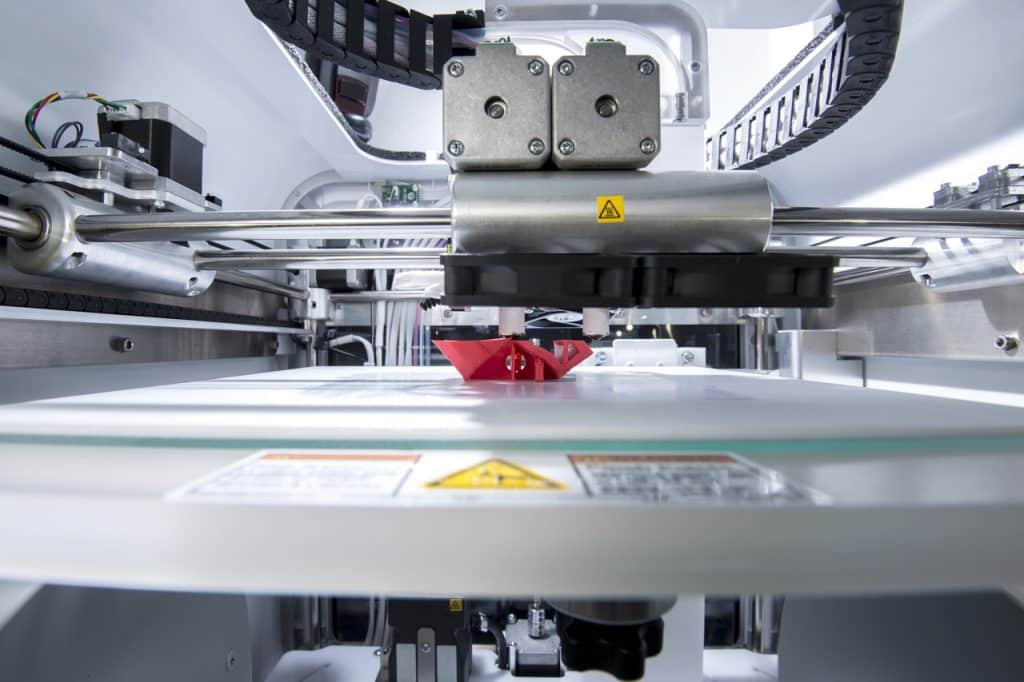Unlocking the Potential: Enhancing 3D Printed products with Threaded Inserts

The advent of 3D printing has revolutionised the manufacturing landscape, enabling the creation of intricate and customised designs with unprecedented ease. While 3D printing offers remarkable flexibility, there are limitations when it comes to creating robust threaded connections directly within printed parts. Enter threaded inserts, the unsung heroes of 3D printed applications. In this blog post, we’ll explore the significant benefits and practical applications of using threaded inserts in 3D printed designs, opening up a world of possibilities for enhanced functionality and versatility.
1.Reinforcing Strength and Durability:
One of the primary advantages of using threaded inserts in 3D printed applications is the reinforcement they provide to the threaded connections. Printed materials may not always possess the necessary strength or wear resistance required for reliable threads. By incorporating threaded inserts, you can ensure a more secure and long-lasting connection, particularly for applications subject to repeated assembly and disassembly. Threaded inserts distribute the load more effectively, reducing the risk of thread stripping and ensuring the longevity of the assembly.
2.Broad Material Compatibility:
Another advantage of threaded inserts in 3D printed applications is the ability to choose from a wide range of materials for both the printed part and the insert itself. 3D printers offer a plethora of material options, from rigid plastics to flexible materials and even metal filaments. By using threaded inserts, you can take advantage of the unique properties offered by different materials, tailoring your designs to specific requirements. This versatility allows for increased customisation and opens up opportunities for applications that demand specific mechanical or chemical properties.
3.Design Freedom and Flexibility:
3D printing is renowned for its design freedom, enabling complex geometries and intricate features. However, creating internal threads directly within a 3D printed part can be challenging due to limitations in resolution and support structures. Threaded inserts circumvent these challenges, allowing designers to focus on optimising the printed part’s geometry and aesthetics without compromising on functionality. Threaded inserts empower designers to incorporate threads into their designs precisely where they are needed, unlocking endless possibilities for innovative and efficient designs.
4.Ease of Assembly and Repair:
Threaded inserts facilitate easy assembly and disassembly of 3D printed parts, making them ideal for applications that require frequent maintenance, adjustments, or upgrades. Unlike directly printed threads, threaded inserts provide a robust connection that can be repeatedly assembled and disassembled without compromising the integrity of the threaded joint. This ease of repair and maintenance translates into cost savings and reduced downtime for industries relying on 3D printed applications.
Threaded inserts serve as an invaluable tool in augmenting the capabilities of 3D printed applications. By incorporating threaded inserts into your designs, you can enhance the strength, durability, and versatility of 3D printed parts. The ability to choose from a wide range of materials, the design freedom afforded, and the ease of assembly and repair make threaded inserts a game-changer for various industries, including aerospace, automotive, consumer products, and beyond. Embrace the power of threaded inserts and unlock the true potential of your 3D printed creations, expanding the horizons of what is possible in the realm of additive manufacturing.
